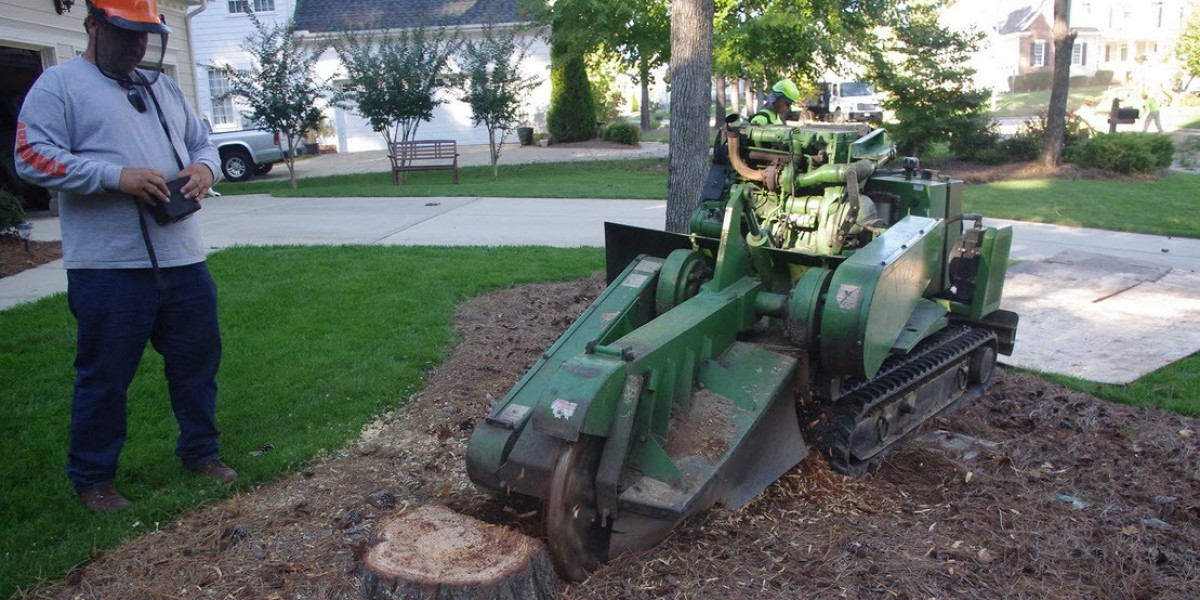Polyurethane vacuum casting, a pivotal process in modern manufacturing, offers unparalleled versatility and efficiency in creating high-quality prototypes and low-volume production parts. At ARRK Asia, we specialize in delivering top-tier polyurethane vacuum casting solutions that meet the stringent requirements of various industries, including automotive, aerospace, medical devices, and consumer electronics. By leveraging advanced technology and our extensive expertise, we ensure that our clients receive products that not only meet but exceed their expectations. The polyurethane vacuum casting process stands out due to its precision, efficiency, and ability to produce parts with excellent mechanical properties and surface finish.
Understanding Polyurethane Vacuum Casting
Polyurethane vacuum casting involves using silicone molds to replicate prototypes and parts with high accuracy and detail. This method is especially beneficial for producing low to medium volume quantities, offering a cost-effective alternative to traditional injection molding. The process starts with creating a master model, usually via CNC machining or 3D printing, which serves as the pattern for the silicone mold.
The Process Steps
- Master Model Creation The first step in polyurethane vacuum casting is creating a master model. This model is typically produced using high-precision CNC machining or advanced 3D printing technologies. The master model needs to have an impeccable finish, as it directly influences the quality of the final casted parts.
- Silicone Mold Making Once the master model is ready, it is encapsulated in liquid silicone rubber. After curing, the silicone mold is carefully cut to extract the master model, resulting in a negative cavity that replicates the exact dimensions and details of the master model.
- Casting Process The cavity in the silicone mold is then used to cast polyurethane parts. Polyurethane resin is mixed with hardeners and pigments (if required) and then poured into the mold under vacuum. The vacuum ensures that there are no air bubbles, leading to parts with superior surface quality and structural integrity.
- Curing and Demolding After the polyurethane resin has been poured, the mold is left to cure. The curing time can vary depending on the type of polyurethane used and the part's complexity. Once cured, the mold is opened, and the casted part is removed. The mold can be reused multiple times, making the process highly efficient for small batch production.
- Post-Processing The final step involves post-processing, which may include trimming, painting, coating, or additional machining to achieve the desired specifications and finish. Post-processing enhances the part's aesthetic and functional properties, ensuring it meets the client's requirements.
Advantages of Polyurethane Vacuum Casting
Cost-Effective for Low to Medium Volume Production
Polyurethane vacuum casting is significantly more cost-effective than traditional manufacturing methods like injection molding for low to medium volume production. The initial investment in the silicone mold is relatively low, and the mold can produce multiple parts, reducing the overall cost per unit.
High Precision and Surface Finish
The use of silicone molds ensures that the casted parts have high dimensional accuracy and a smooth surface finish. This precision is crucial for industries where tight tolerances and superior aesthetics are essential.
Versatility in Material Properties
Polyurethane resins offer a wide range of material properties, from rigid to flexible, transparent to opaque, and high-impact resistant to soft-touch. This versatility allows manufacturers to choose the right material for their specific application, ensuring optimal performance.
Quick Turnaround Time
The polyurethane vacuum casting process is relatively quick, allowing for rapid prototyping and faster time-to-market for new products. This speed is particularly advantageous in competitive industries where time is a critical factor.
Customization and Flexibility
Polyurethane vacuum casting offers significant flexibility in design and customization. Changes to the master model can be easily implemented, and new molds can be created quickly, allowing for iterative design improvements and bespoke solutions tailored to the client's needs.
Applications of Polyurethane Vacuum Casting
Polyurethane vacuum casting is widely used across various industries due to its adaptability and efficiency. Some common applications include:
Automotive Industry
In the automotive sector, polyurethane vacuum casting is used for producing functional prototypes, interior components, and small batch production parts. The process enables manufacturers to test and validate new designs quickly and efficiently.
Aerospace Industry
The aerospace industry benefits from the high precision and lightweight properties of polyurethane casted parts. These parts are often used for interior components, testing equipment, and other critical applications where reliability is paramount.
Medical Devices
Polyurethane vacuum casting is ideal for medical device prototyping and production, offering biocompatible materials and the ability to produce complex geometries. This is essential for developing advanced medical devices and equipment.
Consumer Electronics
In the consumer electronics industry, polyurethane vacuum casting is used for creating prototypes of new products, housing components, and other small parts. The process allows for rapid development and testing, ensuring that new products meet market demands.
Industrial Equipment
For industrial equipment, polyurethane vacuum casting provides durable and high-quality parts that can withstand harsh environments and heavy usage. This includes components for machinery, tools, and other industrial applications.
Enhancing Efficiency with Advanced Techniques
At ARRK Asia, we continuously invest in the latest technologies and methodologies to enhance the efficiency and quality of our polyurethane vacuum casting services. By adopting advanced techniques such as digital simulations, automated mold making, and real-time quality monitoring, we ensure that our clients receive the best possible products.
Digital Simulations
Digital simulations allow us to predict and optimize the casting process, minimizing potential defects and ensuring consistent quality. By simulating the flow of polyurethane resin, we can identify and address any issues before actual production, saving time and resources.
Automated Mold Making
Automated mold making techniques streamline the mold creation process, reducing lead times and increasing precision. These techniques ensure that the molds are created to exact specifications, resulting in high-quality casted parts.
Real-Time Quality Monitoring
Real-time quality monitoring systems enable us to track and control every aspect of the casting process. This ensures that each part meets the required standards and specifications, providing our clients with reliable and consistent products.
Sustainability in Polyurethane Vacuum Casting
Sustainability is a core value at ARRK Asia, and we strive to make our polyurethane vacuum casting process as environmentally friendly as possible. We use eco-friendly materials and processes, minimize waste, and implement recycling initiatives to reduce our environmental impact.
Eco-Friendly Materials
We prioritize the use of eco-friendly polyurethane resins that have a lower environmental footprint. These materials are sourced from sustainable suppliers and are designed to be safe for both humans and the environment.
Waste Reduction
Our advanced manufacturing techniques and efficient processes help reduce waste in the production cycle. We continuously monitor and optimize our operations to minimize material usage and waste generation.
Recycling Initiatives
We implement recycling initiatives to manage and repurpose waste materials. This includes recycling silicone molds and other production by-products, ensuring that we contribute to a circular economy.
Choosing ARRK Asia for Polyurethane Vacuum Casting
At ARRK Asia, we are committed to delivering exceptional polyurethane vacuum casting services that meet the highest standards of quality and precision. Our team of experts works closely with clients to understand their specific needs and provide tailored solutions that drive success.
Unmatched Expertise
With years of experience in polyurethane vacuum casting, our team possesses unparalleled expertise and knowledge. We leverage this experience to provide innovative solutions and high-quality products that meet the unique demands of various industries.
State-of-the-Art Facilities
Our state-of-the-art facilities are equipped with the latest technology and equipment, ensuring that we can deliver superior products with high efficiency. Our commitment to continuous improvement and investment in advanced technologies sets us apart from the competition.
Customer-Centric Approach
We prioritize our clients' needs and work collaboratively to ensure their satisfaction. Our customer-centric approach involves understanding the specific requirements of each project and delivering customized solutions that exceed expectations.
Conclusion
Polyurethane vacuum casting is a versatile and efficient process that offers numerous advantages for prototyping and low-volume production. At ARRK Asia, we combine advanced technology, expert knowledge, and a commitment to sustainability to deliver exceptional polyurethane vacuum casting services. Whether you are in the automotive, aerospace, medical, or consumer electronics industry, our tailored solutions will help you achieve your goals and stay ahead of the competition.



